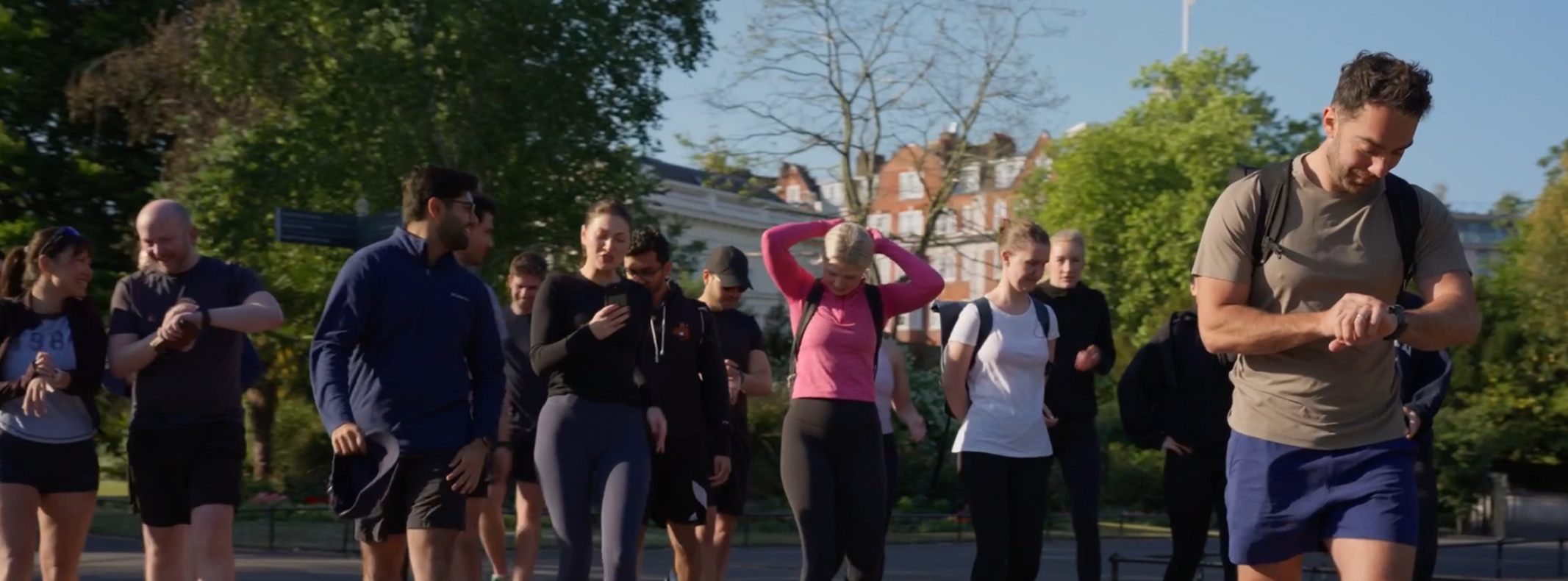Making waves: the biggest UK deep tech acquisition in years brings AR closer into view
To date, head-worn Augmented Reality (AR) has remained on the edge of our lives. It’s there in defence, industry and medicine but we’re not walking the streets wearing Google Glass or a chunky Microsoft HoloLens headset yet. But AR hasn’t been idle and the recent acquisition of our portfolio company, WaveOptics, by Snap Inc. – the biggest UK deep tech acquisition in years – is a major step towards AR’s integration into society.
Snap, which describes itself as a ‘camera company’, is the world’s leading AR exponent, supplying filters and superimposed images to its 270 million eager customers. Meanwhile WaveOptics has been quietly developing its waveguide technology since 2012 and is now leading the race in achieving AR devices light and wearable enough to enter the mainstream. After many false dawns, Snap’s acquisition of WaveOptics brings the AR era one big step closer.
Background view
We first met with the WaveOptics team in 2013, introduced by Simon Murdoch, of Episode 1 Ventures, who we’d recently worked with through the sale of our portfolio company Evi, to Amazon (later to become Alexa). The challenges of building a deep tech hardware business were – and still are – daunting, both in terms of the patient capital required and the technological and market risks. I remember being entranced however by the Frankenstein form of the early waveguide prototypes. It’s exciting when you’re presented with a chunk of hardware, however ugly, that does something amazing. The rapid progression of prototypes from then on was outstanding. Sumanta Talukdar and his co-founders, David Grey and Salim Valera would knock on the door every three to six months with a yet more sophisticated version. Prior to starting WaveOptics, they had been developing head-up displays (HMDs) and head-mounted displays (HUDs) in the defence industry at BAE Systems, the nexus for AR at the time. But the optical waveguide technology at the core of their business was thoroughly new, eventually creating full colour near-eye augmented reality displays that were better, lighter and cheaper to produce than their contemporaries. Scalability was always going to be a huge challenge in bringing AR into the world and WaveOptics looked like it might hold the keys to the kingdom.
Unlocking progress
We knew that it would be the display that would be the pinch point in the AR glasses value chain and this made WaveOptics naturally interesting from an investor perspective. The risk – as with most, if not all deep tech propositions – was market timing. We were firm believers in AR glasses, the question was (and from a consumer perspective, still is), when will they come? Everything was improving but when was it going to be good enough for someone to adopt it, solving the three challenges of performance, form factor and scalability? The AR display would unlock the value chain, but the intersection with the market – other companies’ timelines, their focus, and readiness to deploy capital – were beyond our control.
There have been examples of AR entities leaping too high, too early with companies like Magic Leap raising billions, then failing to deliver on their promise. WaveOptics’s CEO David Hayes, who arrived in 2017, made the call to concentrate on developing the technology, choosing to keep the tech giants as potential customers rather than competitors. Remaining a component seller has proven to be the right decision. And that’s an understatement: this is the largest acquisition Snap has ever made.
The journey
No start-up company journey is a smooth road. Rollercoaster is a better description. WaveOptics started out with an impressive set of angel backers, and as we invested at Series A, then led Series B, then C rounds, the necessary evolution of leadership was a key focus. Fortunately, the relentless drive and persistence of Founder CEO Sumanta Talukdar had built the company to the level where we could attract David Hayes, who had been at the forefront of AR for the previous decade, building head mounted displays at 1066 Labs, which was acquired by Daqri in 2016. It was David who spotted that WaveOptic’s technology was more ready for the market than we’d realised, and he quickly went about transforming what had been an R&D business into a product business. The senior team subsequently went from strength to strength with David’s previous CTO at 1066 Labs, Phil Greenhalgh, joining as well as tech industry veteran Richard Smith all supported by the experienced and guiding hand of Martin Harriman as Chair.
Fortunately however, the road to an eventual exit was an open, transparent process. Everybody wanted success for the business and Snap was a fantastic counterparty.
Getting real
We’re still waiting for the ‘iPhone moment’ in AR devices. (Before 2007, smartphones existed, but only became mainstream iPhone.) But with this acquisition, Snap will be one to watch and if we ever needed assurance that the UK’s deep tech scene is thriving, WaveOptics’ stunning success is it.













